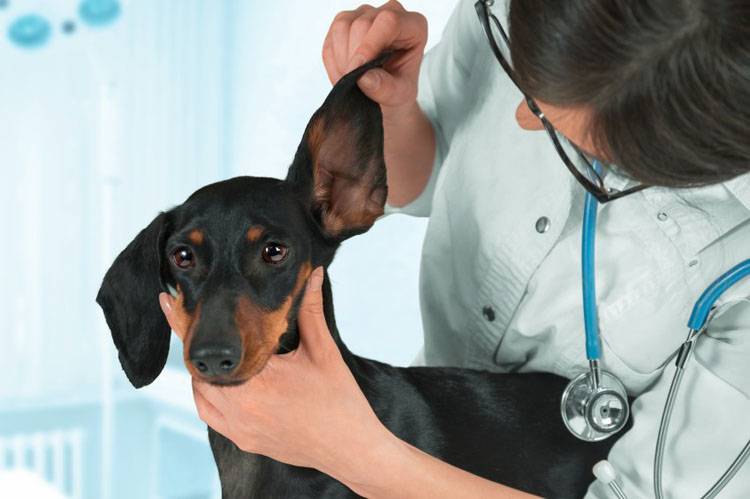If Your Dog’s Earwax Could Talk
By Shelly Navarro
Believe it or not, your dog’s earwax can tell you a lot about what is going on inside his ears. By assessing the color and texture of the earwax, you can help prevent a small problem from turning into a much larger one.
Cleaning Your Dog’s Ears
To properly clean your dog’s ears, you’ll need cotton balls, or gauze, and ear wash made specifically for canine use. Ear wash can be found at most pet stores that carry dog grooming supplies.
Gently hold your dog’s head steady and apply several drops into his ear. The directions on the bottle indicate how many drops to use. Massage the ear wash into his ear canal until you hear a squishing sound. Now release your dog’s head and allow him to shake. If your dog does not shake, proceed to tilt his head to the side, allowing the excess ear wash to dribble out. You don’t want any leftover fluid to remain inside, as this can lead to ear infections.
Next, take the cotton balls, or gauze, and wipe the outside of your dog’s ears, removing excess ear wash and wax. Repeat this until the ears are free of any waxy substance. Never insert anything into a dog’s ear canal, as this can cause permanent damage. After one ear is sufficiently clean, move to the other side and repeat.
Signs of Possible Problems
Assess the earwax you removed. Black earwax with crumbly texture could indicate a mite infection. Reddish-brown or yellow earwax with a sticky texture could indicate infection, allergies or an overexposure to water. It’s important to have your dog seen by a veterinarian if any of these ear discharges are present. Leaving ear issues untreated can be painful for your dog and, overtime, can lead to deafness.
Remember to check and clean your dog’s ears regularly in order to have a happy, healthy pup.
READ ALSO: Hot Spots on Dogs





